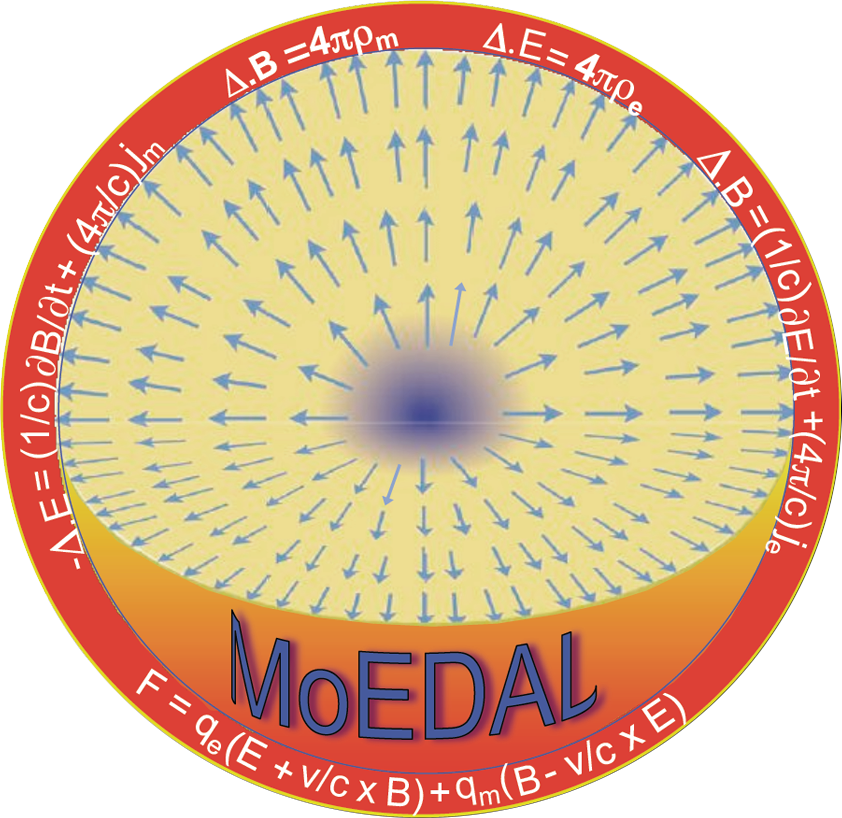By exposing the detector to relativistic heavy ions of known energy and electric charge. it is possible to obtain the calibration data expressed as the reduced etching rate (p − 1) versus REL. So, the charge of an incoming particle can be determined by the measured p of the corresponding tracks. Only particles releasing a REL above a threshold and incident within a definite angle (which depends on the particle energy loss) will be detected. Specific processing and etching conditions affect the detector threshold RELmin, or (Z/β )min that is the minimum charge and speed a particle must have to produce an etchable latent track.

A typical calibration set-up at an ion beam accelerator includes a fragmentation target and nuclear track detector foils in front of and behind a target. The ion beam passes through some detector foils, interacts in the target (typically 10 mm thick Cu or Al plates) and then traverses downstream detector foils which record the survived fraction of original projectiles, as well as their fragments. The projectile fragments carry the same and approximately the same direction of the incident ion; the Z of each resolved peak is identified via the base area spectrum. After exposure the detector sheets are etched in standard conditions.
The calibration of the plastic will take place at the CERN North Area, or at the Brookhaven National Laboratory (BNL), using a heavy ion test beam. If this option is not available another heavy ion test beam facility [89] will be utilized. The aim is to calibrate each batch of plastic supplied to MoEDAL. If possible a number of individual sheets will be ”tagged” by exposing a corner of the detector sheets at a heavy-ion beam facility prior to exposure at Point 8. The analysis of the exposed plastic requires that a number of sheets of plastic will need to be etched under differing etching conditions. Also, the positions of individual plastic sheets within a stack will need to be tracked, as well as the position of the stack within the MoEDAL detector array.
